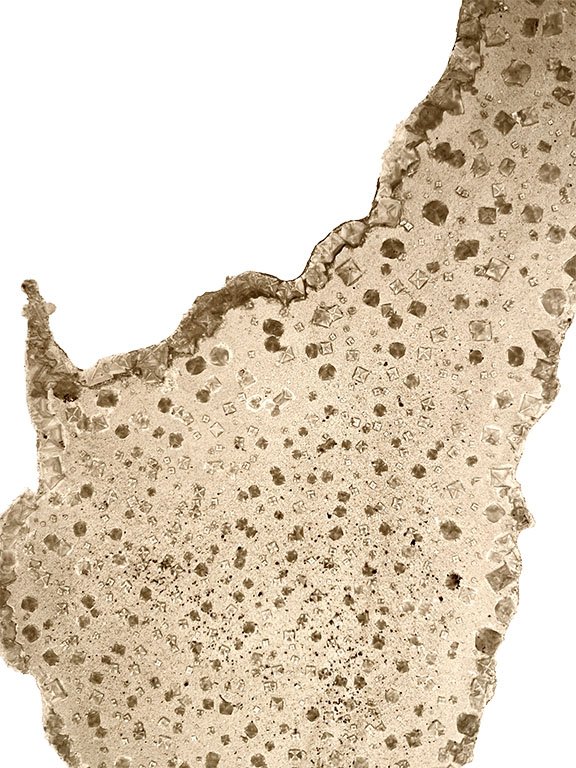
2024
Digital photographs of dried water form the Great Salt Lake
Dual channel video
RISE LAZARUS // America’s dying sea
Utah’s Great Salt Lake—known as America’s Dead Sea due to high salt content— is shrinking. At a rapid rate. From combined effects of drought, overuse of snowmelt, and climate change. A prehistoric lake whose footprint is a third of what it was mere decades ago. The mountain streams that feed the lake have collapsed, while the demand for freshwater has grown exponentially with sprawling development and agriculture. As the lake continues to recede and dry, the forecasts are grim. Brine shrimp and insects will die, threatening millions of migratory birds that use this lake as a nourishing stop over. As the arsenic-comprised lake bed is exposed, winds and storms will carry those heavy, poisonous metals into the lungs of nearby Salt Lake City residents. Three quarters of Utah’s total population. This vanishing of water, and the detrimental affects, has been called an impending “environmental nuclear bomb.”
Recommended reading and listening:
Climate change and a population boom could dry up the Great Salt Lake in 5 years
Here’s what makes the Great Salt Lake special, and why it’s in trouble
The State And Fate Of The Great Salt Lake
Fifty years of change through satellite images











